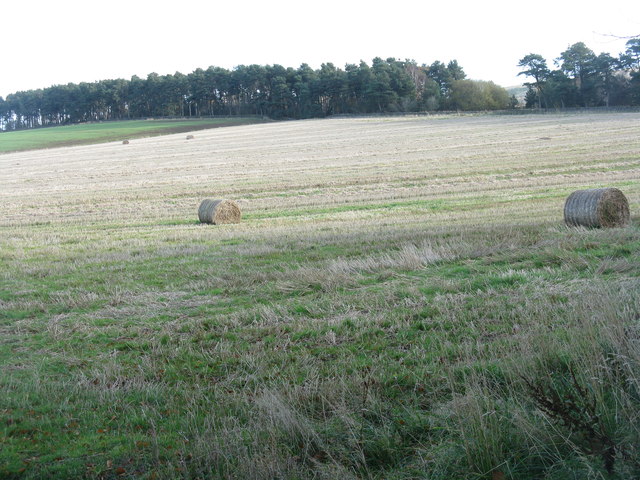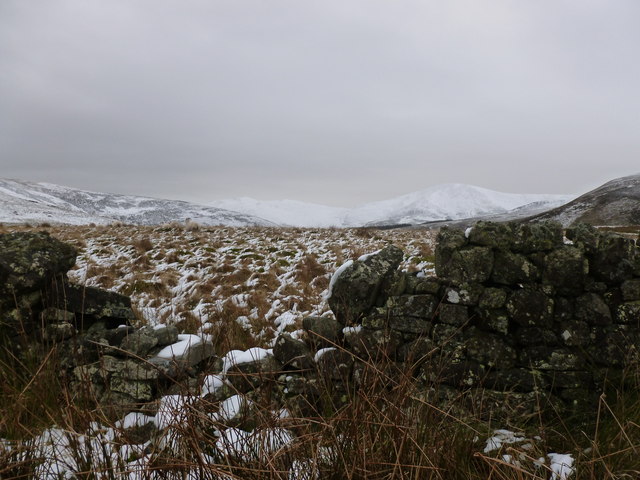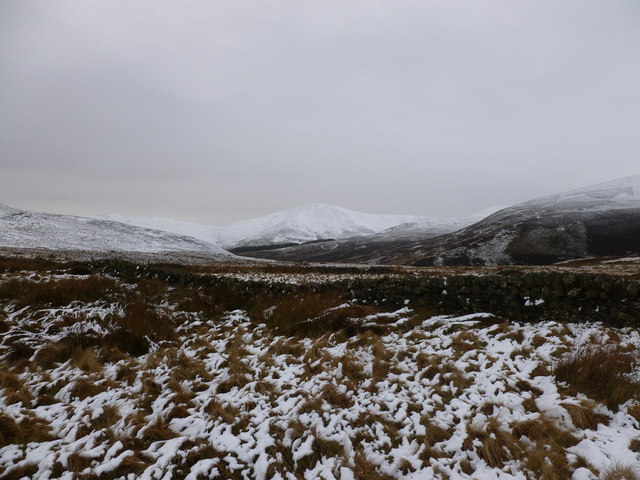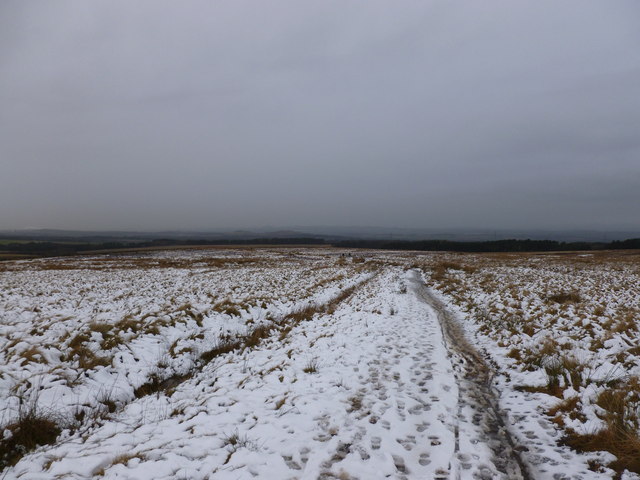Bonaly Reservoir
Lake, Pool, Pond, Freshwater Marsh in Midlothian
Scotland
Bonaly Reservoir
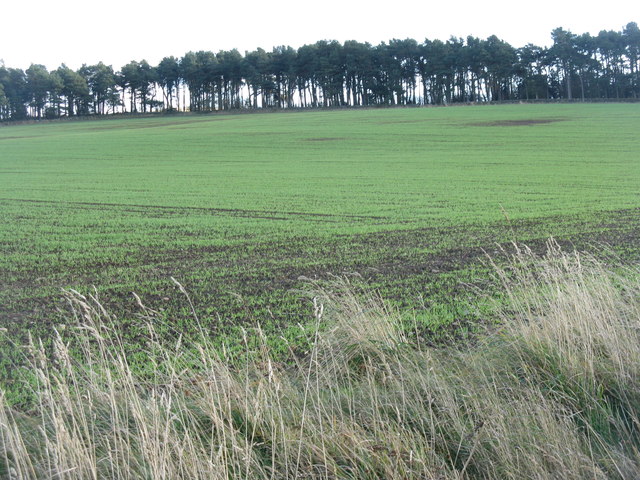
Bonaly Reservoir is a freshwater lake located in the Midlothian region of Scotland. Situated in the Pentland Hills, approximately six miles southwest of the city of Edinburgh, it is a popular destination for locals and tourists alike.
Covering an area of around 70 acres, Bonaly Reservoir is surrounded by picturesque rolling hills and offers stunning views of the surrounding countryside. The reservoir serves as a vital water supply for the nearby city of Edinburgh, providing clean and fresh water to its residents.
The reservoir is formed by a dam that was constructed across the Bonaly Burn, a small stream that flows through the area. The dam not only creates the lake but also regulates the water flow to maintain a stable water level throughout the year.
Bonaly Reservoir is a haven for wildlife enthusiasts, as it supports a diverse range of plant and animal species. The surrounding woodlands provide habitat for various bird species, including herons, ducks, and swans, making it a popular spot for birdwatching. Additionally, the lake is home to several species of fish, such as brown trout and pike, making it a great spot for fishing.
The reservoir also offers recreational activities for visitors, including walking trails and picnic areas. Many people enjoy exploring the surrounding hills and taking in the natural beauty of the area. The calm and serene atmosphere of Bonaly Reservoir makes it an ideal place to relax and unwind, away from the hustle and bustle of city life.
In conclusion, Bonaly Reservoir is a beautiful freshwater lake located in Midlothian, Scotland. With its scenic surroundings, diverse wildlife, and recreational opportunities, it is a must-visit destination for nature lovers and outdoor enthusiasts.
If you have any feedback on the listing, please let us know in the comments section below.
Bonaly Reservoir Images
Images are sourced within 2km of 55.881834/-3.2643065 or Grid Reference NT2166. Thanks to Geograph Open Source API. All images are credited.
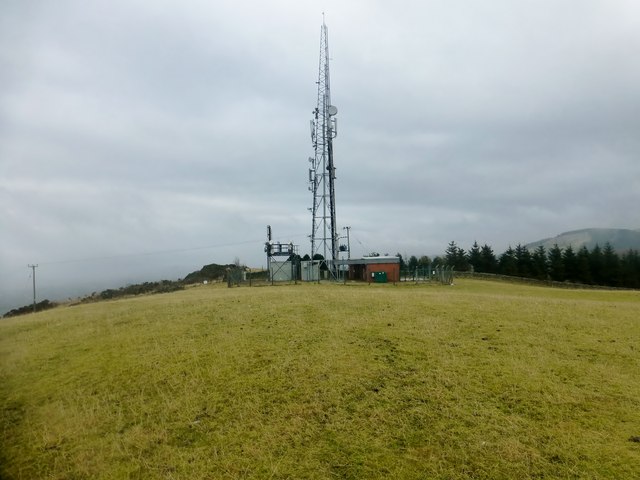
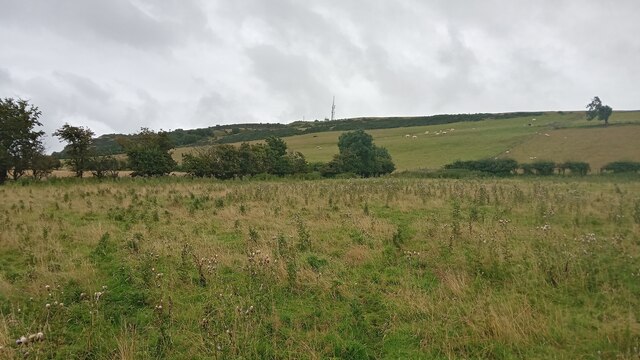

Bonaly Reservoir is located at Grid Ref: NT2166 (Lat: 55.881834, Lng: -3.2643065)
Unitary Authority: City of Edinburgh
Police Authority: Edinburgh
What 3 Words
///plans.chew.pencil. Near Colinton, Edinburgh
Nearby Locations
Related Wikis
Bonaly
Bonaly () is an area on the south-western outskirts of Edinburgh and the northern slopes of the Pentland Hills, lying within the Parish of Colinton. It...
Torphin
Torphin ( tor-FIN) is a small area in the south-west of Edinburgh, Scotland, with its name deriving from the nearby Torphin Hill. It lies just south of...
Glencorse Reservoir
Glencorse Reservoir is a reservoir in Midlothian, Scotland, two miles west of Glencorse, in the Pentland Hills. It is retained by an earth dam, and it...
Caerketton Hill
Caerketton Hill is a hill in the Pentland Hills range of Scotland. Standing at 478 m, it is at the northeast end of the approximately 25 km (16 mi) long...
Nearby Amenities
Located within 500m of 55.881834,-3.2643065Have you been to Bonaly Reservoir?
Leave your review of Bonaly Reservoir below (or comments, questions and feedback).

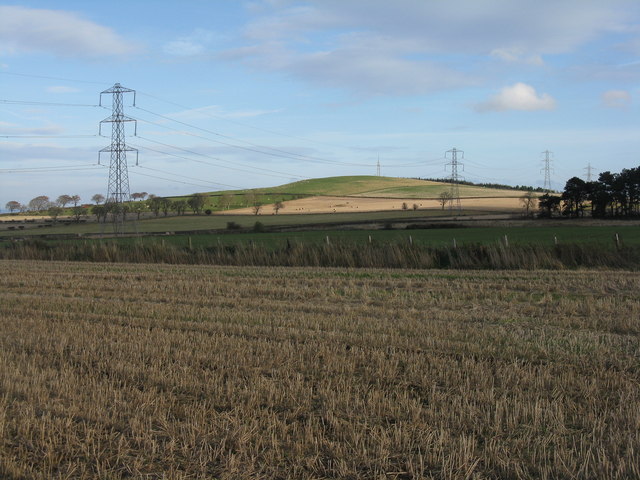
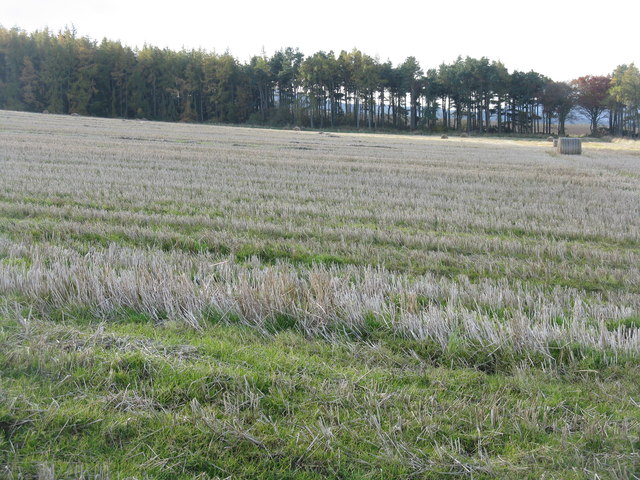
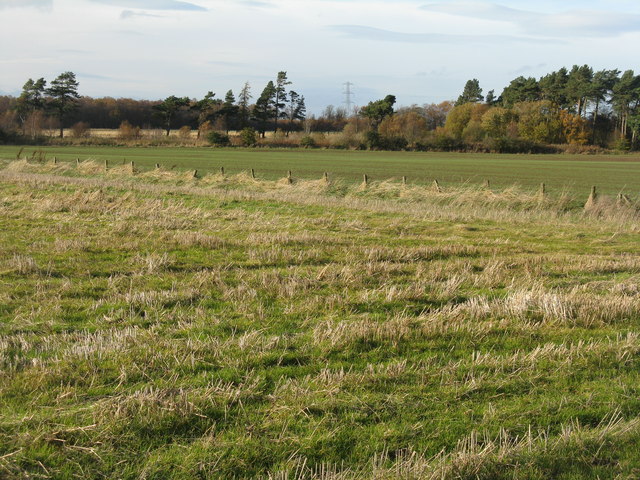

![November poppy in the barley stubble A Field Poppy [Papaver rhoeas] at Kinleith above Currie, in the foothills of the Pentlands.](https://s1.geograph.org.uk/geophotos/02/67/64/2676461_94a2f9f9.jpg)
